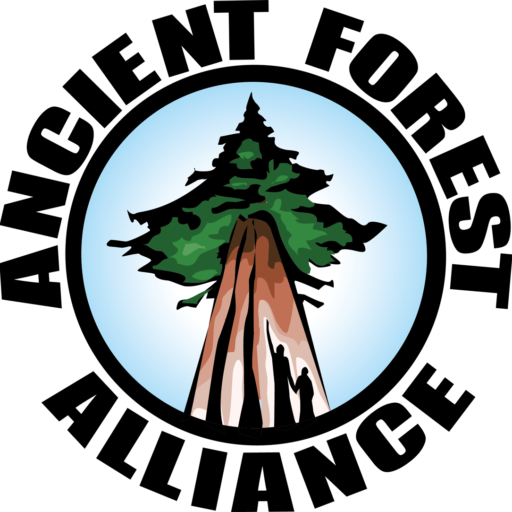Thank You to Awaken Apparel!
Thank you to Awaken Apparel, www.awakenapparel.ca, a new company designing and producing organic cotton and bamboo clothing in Canada with a mission to protect the Earth and empower people to live a more fulfilling life. They will be donating 10% of all their market and online sales to non-profit groups including the Ancient Forest Alliance.
